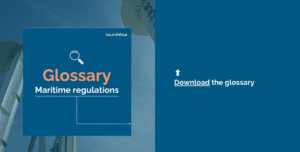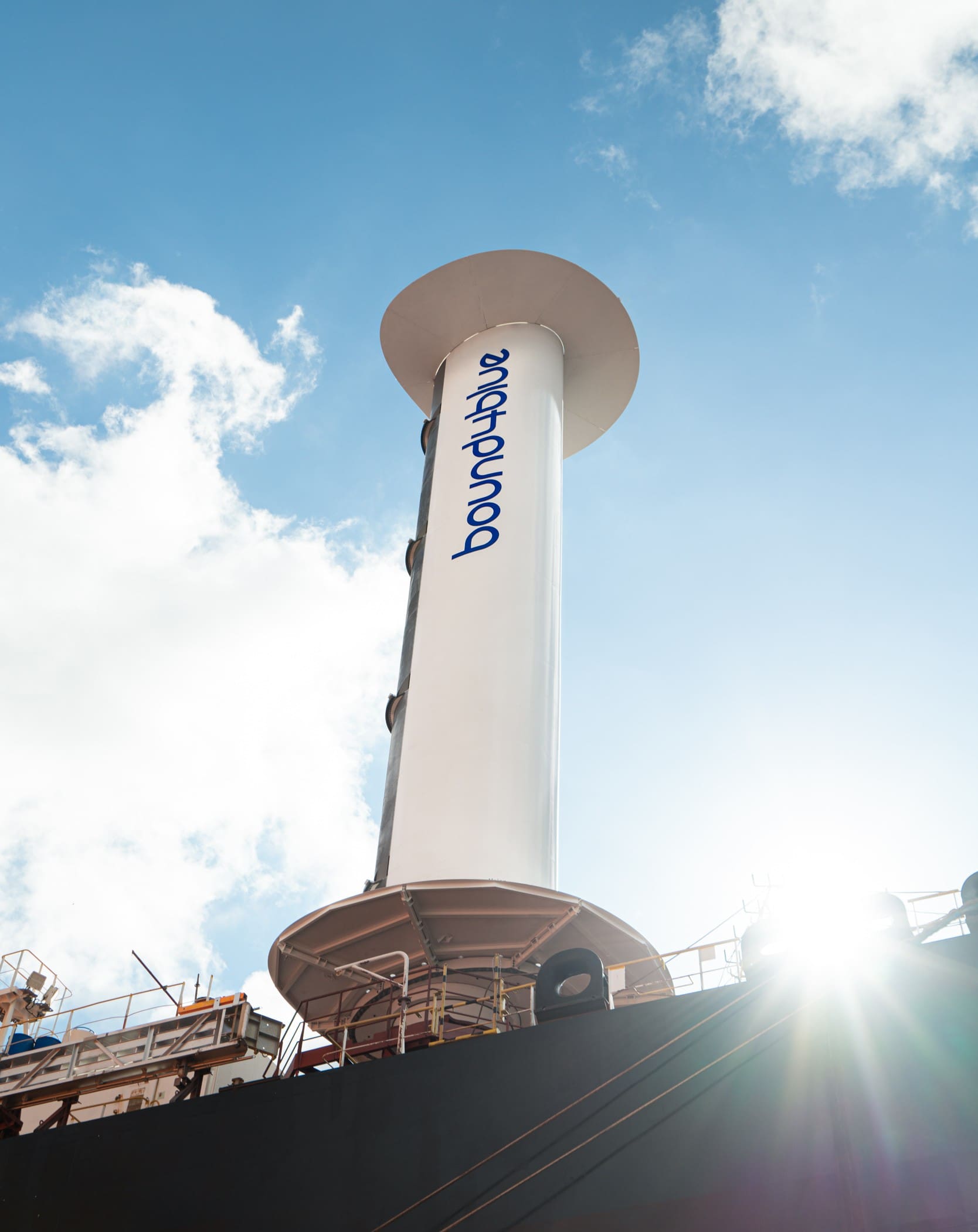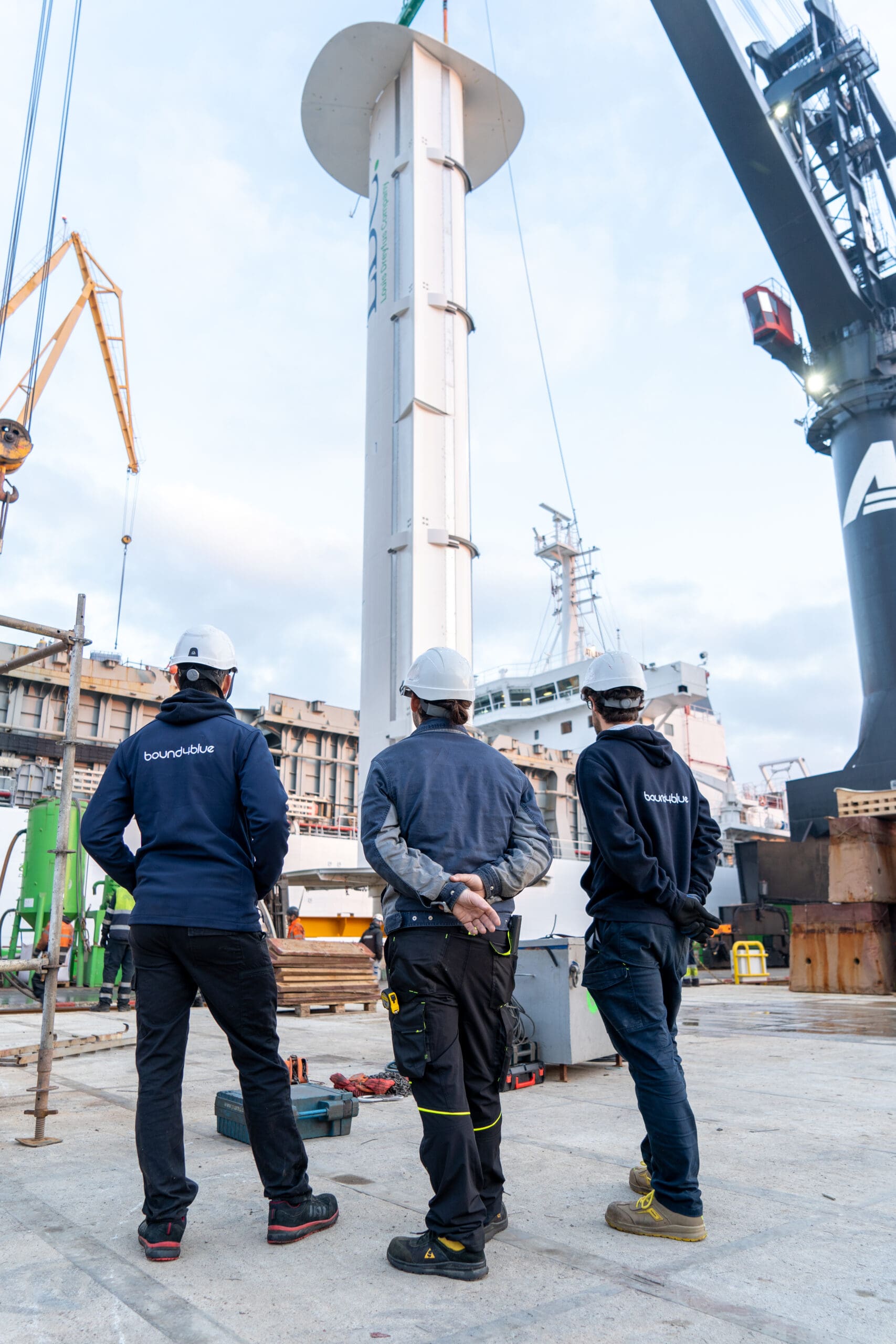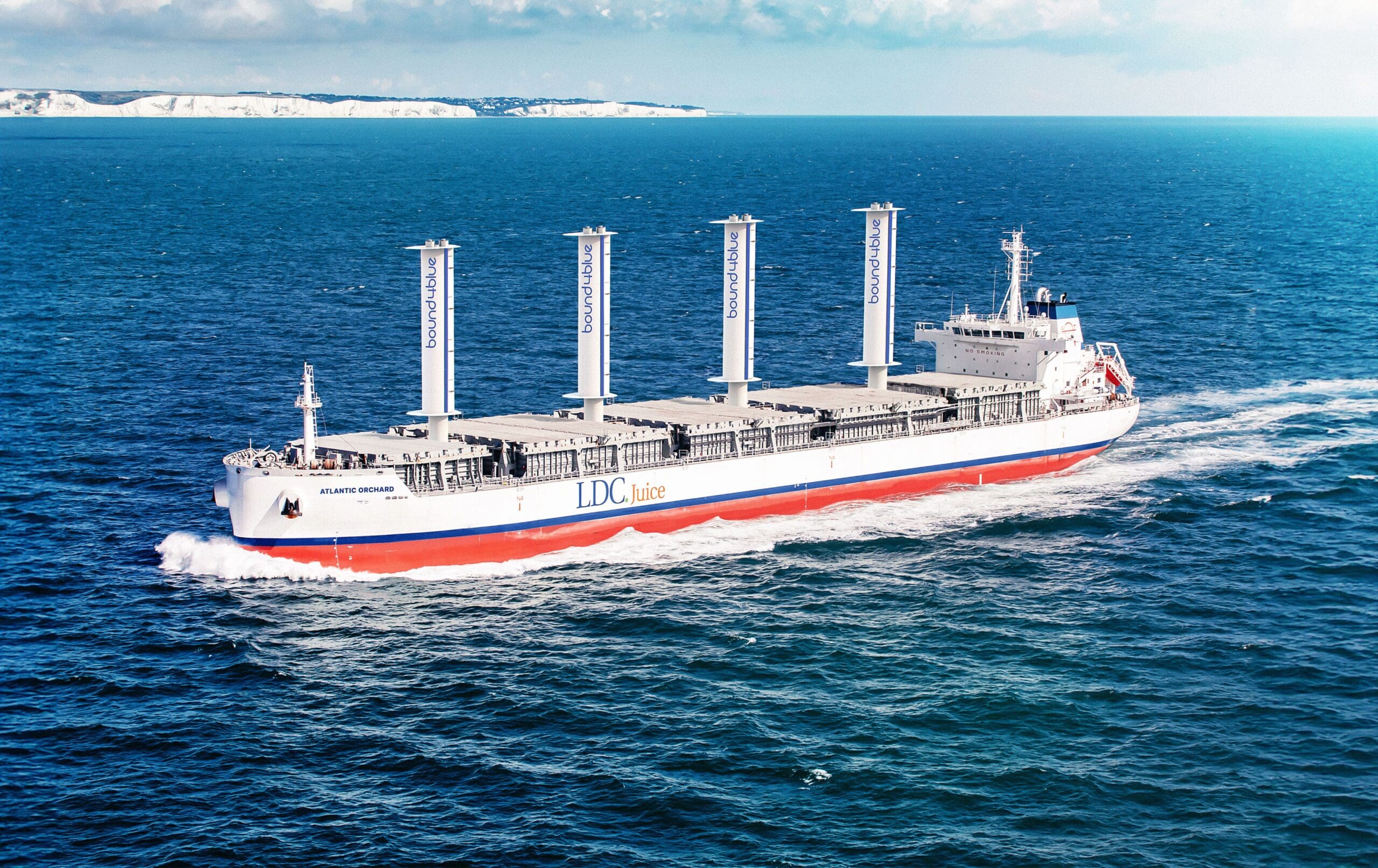News
Maritime regulations: four measures for supercharging change
Published
10 April 2025
The first step to compliance is understanding. So, let’s cut through complexity to give you an overview of the new breed of maritime regulations, explaining four key measures designed to accelerate sustainability.
Regulators are moving full speed ahead in the quest to usher in a new age of sustainable shipping, combining both ‘carrot and stick’ to steer shipping companies in the desired direction. Four of the most effective measures are also four of the most challenging to navigate, with in-depth understanding, strategies and commitment demanded to unlock ongoing compliance.
However, adopting breakthrough clean energy technology can be a major step in the right direction, delivering not just simplified compliance, but strong efficiency, commercial and competitive gains.
In that respect, the following measures are not just a challenge, but also an opportunity. The sooner companies act on that, the greater the advantages they can reap.
What are the main maritime regulations?
1. Carbon Intensity Indicator (CII) – grading vessels based on carbon intensity
The CII regulation, introduced by the International Maritime Organization (IMO), assesses the carbon intensity of ships by measuring emissions relative to cargo/passengers carried and distance travelled. It is a mandatory measure for all internationally trading cargo, Ro-Pax and cruise vessels over 5000 gwt.
Vessels receive an annually assessed rating from A (best) to E (worst), with each ship required to achieve at least a C. It gets tougher to achieve these rating year-by-year, as emission limits grow ever more stringent.
Those falling into the realms of D and E ratings over three consecutive years need to submit a “plan of corrective actions” to up their grades into the A to C zone.
How to comply with CII
It’s a crucially important move as it incentivizes shipowners to optimize operations and invest in sustainable technologies. Poorly rated ships face commercial disadvantages and potential operational restrictions, making compliance essential.
Shipowners can improve CII ratings through operational changes such as slow steaming, route optimization, and adopting energy-efficient technologies.
Among these, wind-assisted propulsion systems, such as bound4blue’s suction sails, offer a proven method to cut emissions and enhance fuel efficiency, supporting both compliance and double digit cost savings.

2. EEDI & EEXI – Driving energy-efficient ship designs
The EEDI (Energy Efficiency Design Index) applies to newly built ships, measuring the grams of carbon dioxide emitted per tonne mile, calculated on the vessel’s technical design parameters. This measure aims to increase the uptake of more energy efficient equipment and engines. The smaller the EEDI the more energy efficient the ship design.
Meanwhile, the EEXI (Energy Efficiency Existing Ship Index) extends similar principles to existing vessels, ensuring that older ships enhance efficiency to stay operational. EEXI is a one-time, mandatory certification for vessels over 400 gwt (falling under Marpol Annex VI).
How to comply with EEDI & EEXI
This duo of maritime regulations are essential in fostering long-term sustainability by making ships inherently more energy efficient.
Reducing installed power on vessels is an obvious way to simplify compliance, but this comes at the cost of reducing speed, leading to extended voyage times and lower earnings and charter rates. However, by integrating a system like the eSAIL®, clean, renewable and free wind power can be brought to bear, maintaining speed while enhancing efficiency, without relying on compliance busting fossil fuels.

3. EU Emissions Trading System (EU ETS) – tackling tank-to-wake CO2 emissions
The EU ETS is a gamechanger. It mandates that all vessels over 5,000 gwt, regardless of their flag, operating intra-EU voyages and extra-EU voyages must purchase carbon allowances to cover their emissions. However, vessels with surplus allowances can ‘bank’ these for the future, or sell them, potentially creating a new revenue source for the best performing ships.
As such, it operates as a market-based mechanism imposing a direct financial cost on CO2 emissions. This makes decarbonisation strategies not just an environmental imperative, but also an economic necessity.
How to comply with EU ETS
As emissions pricing increases, operating fossil fuel-reliant vessels becomes more expensive. Compliance involves adopting cleaner fuels, improving operational efficiency, and integrating renewable energy solutions.
Again, wind-assisted propulsion is a clear stand-out option, reducing costs both at the fuel pump and, through the lower requirement for allowances, with regulators. Surplus trading is an added bonus, as is using the allowances from the best performing vessels to cover less efficient ships in your fleet.
It’s a strategy that clearly shows how wind-enabled compliance with maritime regulations can be turned into competitive advantage.
➡️ Download a full case study⬅️
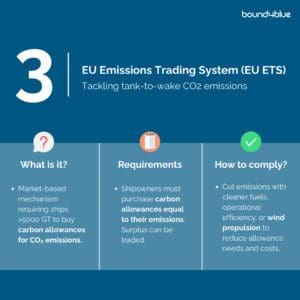
4. FuelEU Maritime – measuring emissions across the entire fuel lifecycle
Although often seen through the same lens as EU ETS, FuelEU Maritime stands apart.
EU ETS emissions are measured on a tank-to-wake basis (fuel usage onboard), while FuelEU Maritime considers well-to-wake emissions, basically the entire fuel lifecycle. This is essential to bear in mind when considering compliance options. For example,
a biofuel that produces zero vessel CO2 emissions may be a good choice for EU ETS, but could incur heavy penalties under FuelEU Maritime.
But let’s rewind. In short, FuelEU sets annual GHG intensity reduction targets for energy used by ships operating within the EU and European Economic Area (EEA). These targets increase over time, so that by 2050 vessels will have to achieve an 80% reduction against a baseline of the average well-to-wake GHG intensity in 2020 (91.16 grams of CO2 per megajoule).
Failure to comply results in severe (and escalating) financial penalties, making investment in energy-efficient technologies absolutely crucial for the long-term viability of operations.
How to comply with FuelEU
And here, arguably even more than with the other maritime regulations, we see a huge incentive to adopt wind.
FuelEU Maritime actively rewards shipping companies for choosing wind through the Wind Reward Factor (WRF). This effectively relaxes compliance targets for vessels with WAPS by up to 5%. Meaning it’s not only cheaper to operate a vessel with wind power, with substantially reduced fuel costs, but it’s easier to comply and there’s huge savings in surplus costs.
➡️ Download the FuelEU infography⬅️
In a recent case study by bound4blue, our suction sails were forecasted to save a single vessel over USD 280,000 a year in FuelEU costs by 2040. It’s a staggering figure that demonstrates not only the potential impact of this landmark regulation, but also how wind can deliver huge competitive advantage.

Wind in your sails?
The new wave of maritime regulations is reshaping the industry, demanding greater efficiency and lower emissions. For some this is a headache, but approached from a different perspective it can also be a major opportunity – allowing forward-thinking companies to both make good on their own climate ambitions (positioning themselves at the vanguard of industry transformation) while reaping commercial benefits.
By leveraging technology such as bound4blue’s eSAILs®, vessels both simplify compliance and achieve market advantage. Now that’s a development that’s easy to understand.
To discover how bound4blue can help you navigate the new regulatory reality, please contact us enquiries@bound4blue.com.

